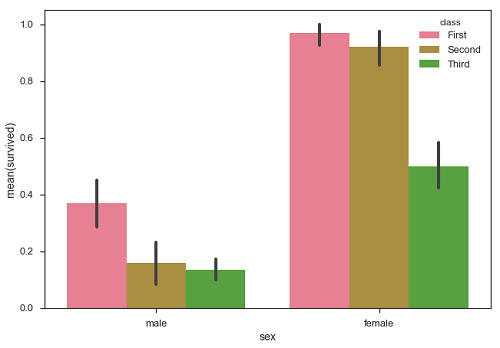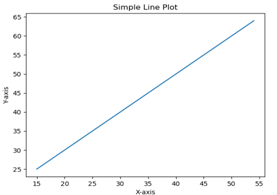What is Seaborn in data visualization?
Keys Feature
- Seaborns is a statistical plotting library
- It has beautiful default style
- It also is designed to work very well with Pandas dataframe object.
Installing and getting started:
Let's see examples of Bar plot:
Bar Plots
Example
import pandas as pdimport seaborn as sbfrom matplotlib import pyplot as pltdf = sb.load_dataset('titanic')sb.barplot(x = "sex", y = "survived", hue = "class", data = df)plt.show()
Output:
















.png)

.png)












s.PNG)










.png)

.png)




%20in%20Finance).jpg)



